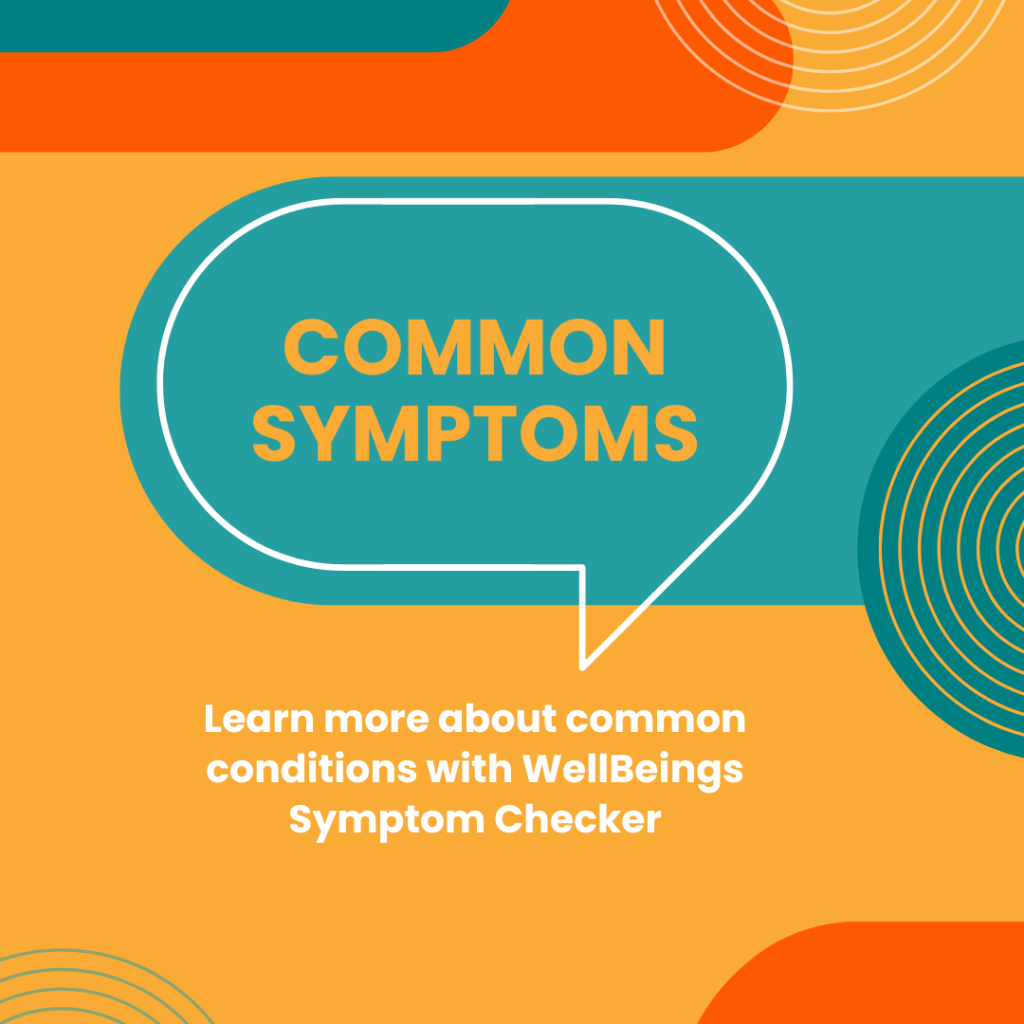A fever can signal different health issues. Let’s learn about the various types of fever
Feeling a fever, chills, aches and pains? But which type of fever is it? Yes, there are different types of fever. In fact, medical experts have identified that there are five types of fever and each comes with its own range of symptoms.
Quick Read:
- A fever means that your body temperature has spiked above its normal state – a normal body temperature is usually 37°C.
- A fever is not an illness on its own, it’s your body’s way of signalling an illness. Think of a fever as a little message alert system that’s telling you something is off with your wellbeing.
- The fever manifests as a way to help your body fight this illness or infection.
The 5 types of fever
- An intermittent fever is when your temperature is 39°C or above, and the fever comes and goes for hours at a time during the day. This type of fever can last one to three days.
- Hectic fever is an intermittent fever which can escalate into the “hectic” category if the temperature varies throughout the day.
- A remittent fever means your temperature fluctuates, usually two degrees and higher. This type of fever never fully settles on “normal”.
- With a continuous fever, your temperature remains above normal the entire day.
- A relapsing fever is usually caused by a bacterial infection (possibly a tick or lice bite). This is a serious issue and needs medical treatment as soon as possible.

Is it a fever or am I just cold?
You will know it’s a fever because it usually comes along with chills, aches and pains, shaking, headaches and feeling tired. The most common elements for a fever are bacterial or viral infections.
A fever can mean an infection like the flu, a cold, malaria, or gastroenteritis. It could be triggered after using serious drug substances, or even as a reaction to antibiotics. Alternatively, it could stem from a trauma or injury, like heat exhaustion or a heart attack.
There are various other serious causes too, including, food poisoning, mononucleosis, stroke, damage to tissue, and blood clots, to name a few. Treating a fever starts with identifying it (using the guidelines above). Still, it’s always good to call your doctor. As in the case of a relapsing fever, please get medical help immediately.
Home remedies for a fever:
- Drink lots of fluids, especially water. Put down the sugary, fizzy drinks. You don’t need the sugar spikes right now. Remember that energy drinks typically have a lot of sugar, too. Homemade broths are a good idea and will give you hydration and nutrition.
- Now that you know the fever is your body’s way of fighting back the illness, give your body a helping hand. This means resting as much as possible. Naps are your best friend!
- Ask your pharmacist for an over-the-counter remedy to help ease the fever. If your child has a fever, don’t give aspirin. Ask the pharmacist for a child-appropriate medicine.
- While the fever and chills come together, try not to wear too many layers. Keep your body cool with cotton pyjamas.
- Don’t stand under excruciatingly hot showers. Warm water is fine.
- Keep up your strength with light yet substantial meals; wholegrain sandwiches, soups, fruit, and salads are good options.
- There’s also such a thing as a psychogenic fever, which is a stress-induced fever. This fever often triggered by extreme anxiety or emotional distress. It’s more common in people with chronic stress.
Please always check in with your doctor or go to a clinic if you have a fever that is above the normal range and lasts more than a few days. It could be a minor irritation that passes within a few days, or serious enough to require urgent treatment. Either way, it’s best for your health and wellbeing to get checked sooner than later.
Images: Vecteezy



















